Climate change, a defining challenge of our time, affects every corner of our planet. In response, a new art form known as eco-art has merged creativity with environmental advocacy. Eco-artists highlight ecological concerns, spread awareness, and push for meaningful climate action through their works. By blending beauty, science, and activism, eco-art inspires, educates, and motivates audiences to consider their relationship with nature and their role in its preservation.
The Role of Eco-Art in Climate Advocacy
Eco-art, or ecological art, focuses on environmental themes like habitat destruction, pollution, and global warming. It often uses sustainable materials, incorporates natural elements, or exists as site-specific installations tied to the surrounding environment. Eco-art sets itself apart with its intent—provoking awareness about urgent ecological crises while inviting people to engage emotionally and intellectually with one of humanity's greatest challenges.
By portraying the destructive impacts of human actions or celebrating nature's resilience, eco-art moves beyond mere aesthetics. It becomes activism, sparking conversations, influencing public perception, and sometimes directly leading to policy discussions.
Promoting Sustainability Through Art
Eco-art conveys environmental concerns in ways that statistics and scientific jargon often cannot. While numbers and data points are essential for understanding the climate crisis, art moves the heart, creating empathy and emotional resonance with otherwise abstract concepts.
Eco-art pushes sustainability into focus by making it tangible, visible, and visceral. For example, the physicality of melting ice sculptures or the sight of a polluted shoreline recreated in a gallery can leave lasting impressions on audiences, urging them to reflect on their lifestyle and choices.
Highlighting Climate Issues Through Eco-Art
Eco-art covers themes from industrial pollution to rising temperatures and plastic waste. Here are examples of influential works that confront these issues while promoting deeper contemplation of humanity's relationship with the planet.
Olafur Eliasson’s Ice Watch
Olafur Eliasson’s Ice Watch, created with geologist Minik Rosing, involves massive blocks of Greenlandic glacial ice transported to urban settings like London, Copenhagen, and Paris. Displayed in public spaces, the blocks slowly melt before passersby, delivering a visceral reminder of climate change’s impact on Arctic ice. The audience experiences melting glaciers in real time, making the issue personal and urgent.
Agnes Denes’ Wheatfield – A Confrontation
Agnes Denes, a pioneer of eco-art, created Wheatfield – A Confrontation by planting and harvesting a two-acre wheat field in Battery Park, Manhattan, against the backdrop of skyscrapers. This juxtaposition highlights the contrast between economic priorities and essential basics like food and agriculture, encouraging viewers to ponder resource allocation, environmental degradation, and urbanization’s impact on sustainability.
Chris Jordan’s Midway: Message from the Gyre
Chris Jordan’s photographic series Midway: Message from the Gyre documents albatross carcasses on Midway Atoll, their stomachs filled with plastic debris from the Great Pacific Garbage Patch. Jordan’s work, both beautiful and horrifying, forces us to confront the consequences of our wasteful habits and their ripple effects through ecosystems.
Other Eco-Art Projects Addressing Climate Change
- Maya Lin’s What is Missing? - Maya Lin’s project addresses the biodiversity crisis using digital media to document species extinction and habitat loss while proposing conservation solutions.
- Shezad Dawood’s Leviathan Cycle - This multimedia project explores rising sea levels and the Anthropocene, weaving speculative fiction with scientific research.
- Zaria Forman's Glacier Paintings - Zaria Forman creates hyper-realistic pastel drawings of melting glaciers and stormy seas, highlighting Earth's landscapes' beauty and vulnerability.
The Effectiveness of Eco-Art in Driving Change
Eco-art achieves more than visual impact. Its accessibility and emotive power make it a unique tool for education and advocacy, democratizing the conversation about climate change.
Experiencing eco-art often ignites a deeper emotional connection to the environment, leading to changed attitudes, increased awareness, and motivation to act. Works like Eliasson’s Ice Watch or Jordan’s Midway vividly illustrate environmental crises that words alone might struggle to convey.
Beyond raising awareness, eco-art often calls viewers to action. Installations like Denes’ Wheatfield can inspire grassroots changes in urban planning and resource use. Eco-artists often collaborate with environmental organizations to bridge activism and aesthetics.
Challenges and Future Directions
Eco-art faces challenges, such as ensuring the sustainability of its materials and practices. Large-scale installations risk leaving a carbon footprint, but many eco-artists counteract this by using reclaimed materials and incorporating sustainability into their process.
As climate change intensifies, eco-art will play an increasingly central role in shaping public discourse. Through innovation and persistence, contemporary eco-artists can keep driving the climate conversation forward, bridging the gap between urgency and action.
Eco-art exemplifies creativity's power to address real-world issues. By combining storytelling, science, and emotion, it raises awareness about climate change and promotes hope, dialogue, and action.
.jpg) (Image source: Midjourney)
(Image source: Midjourney) 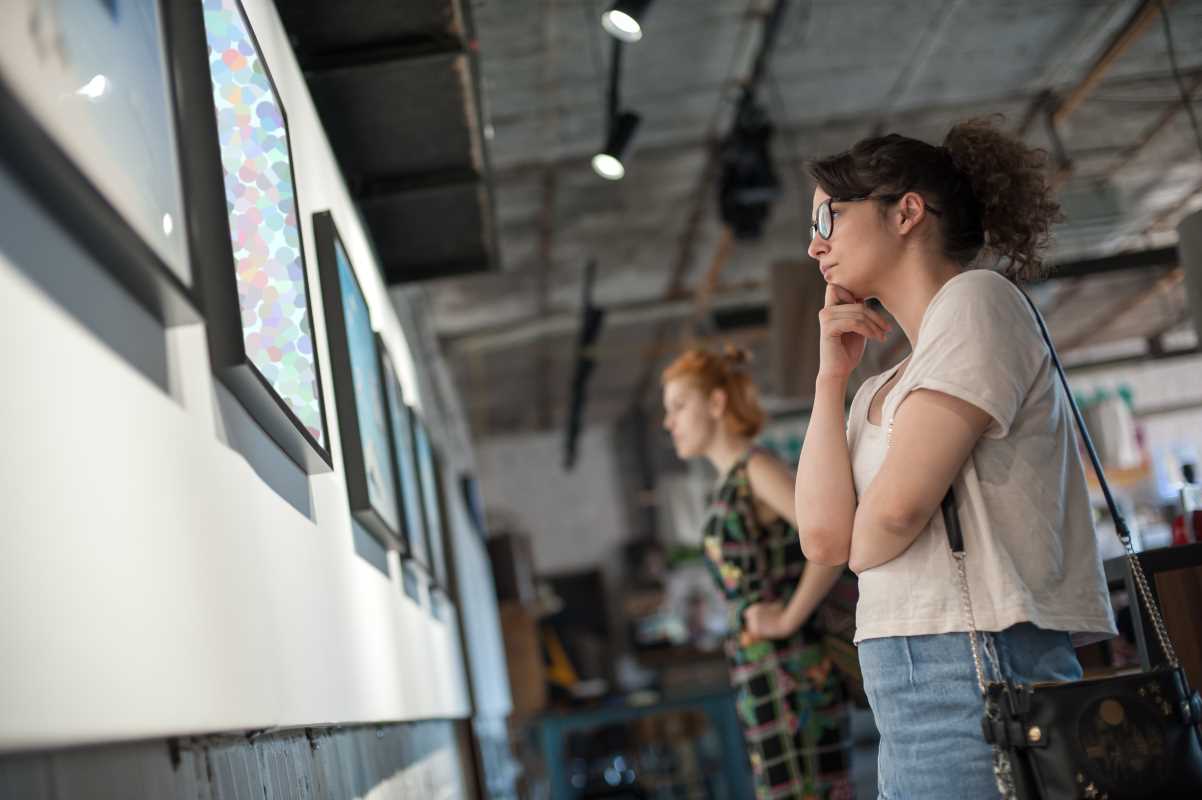
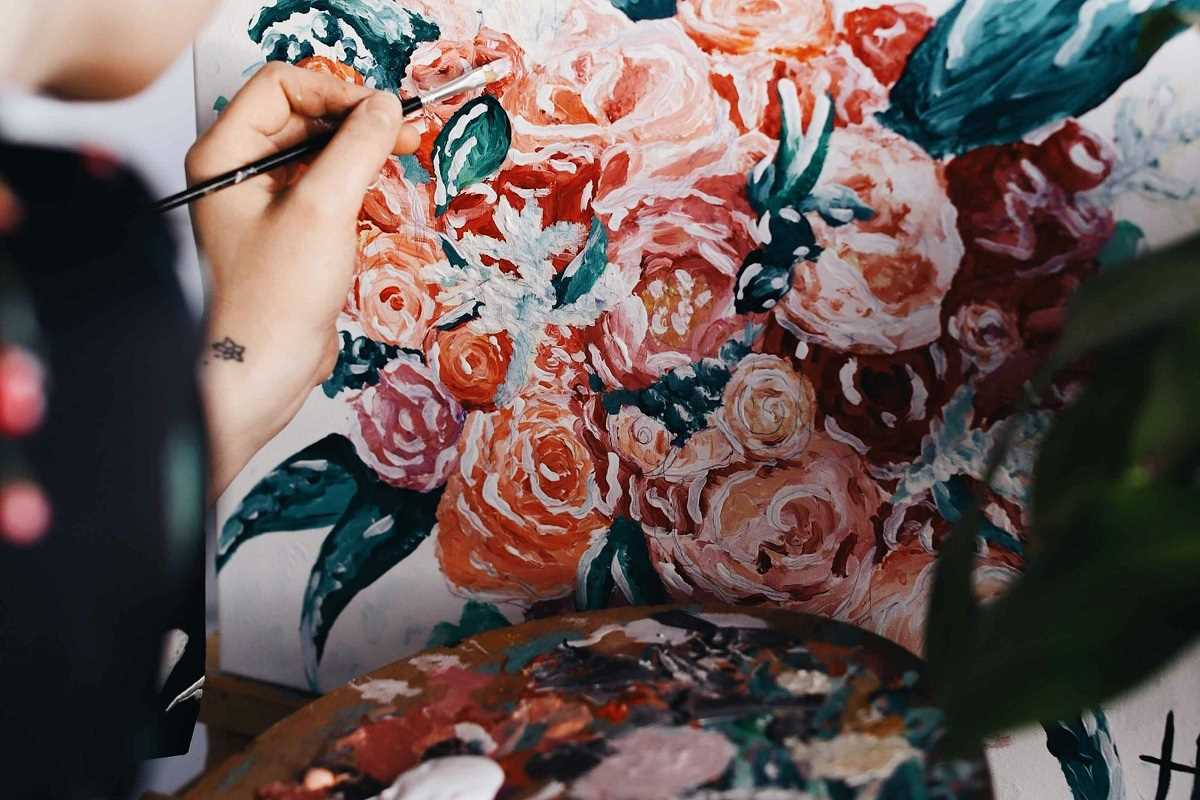

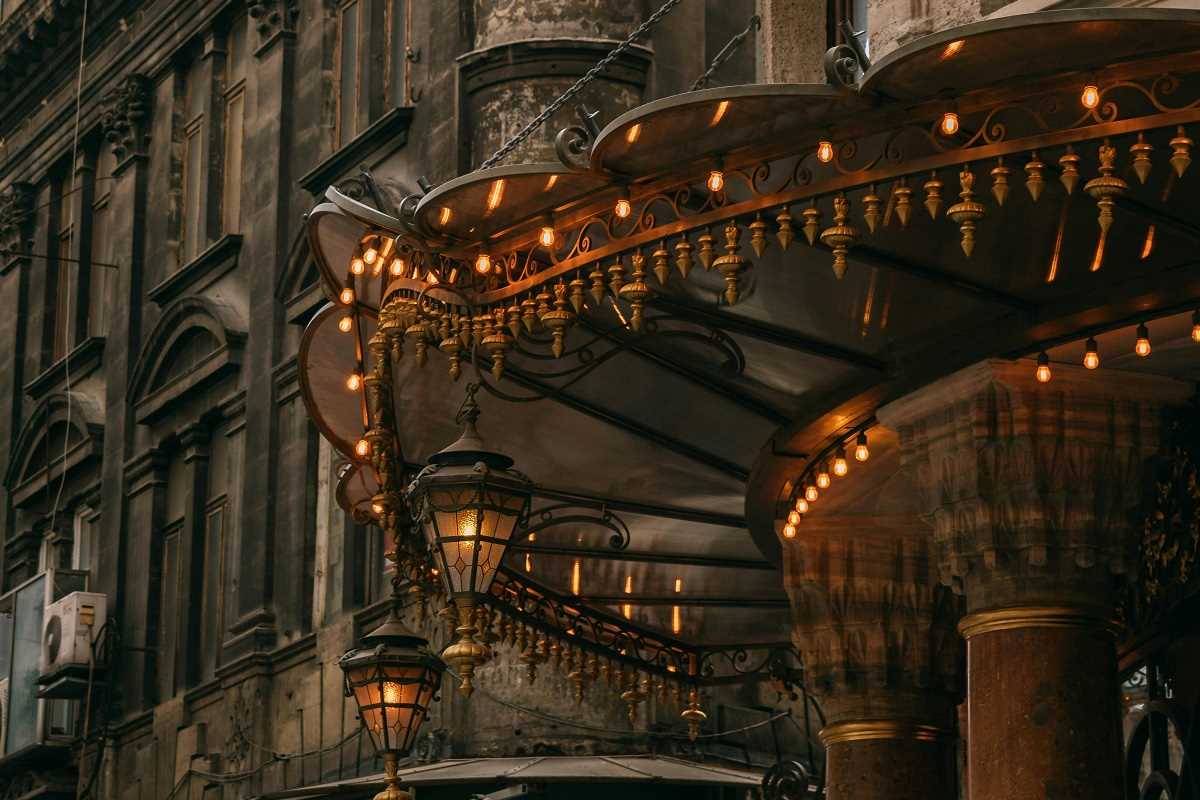
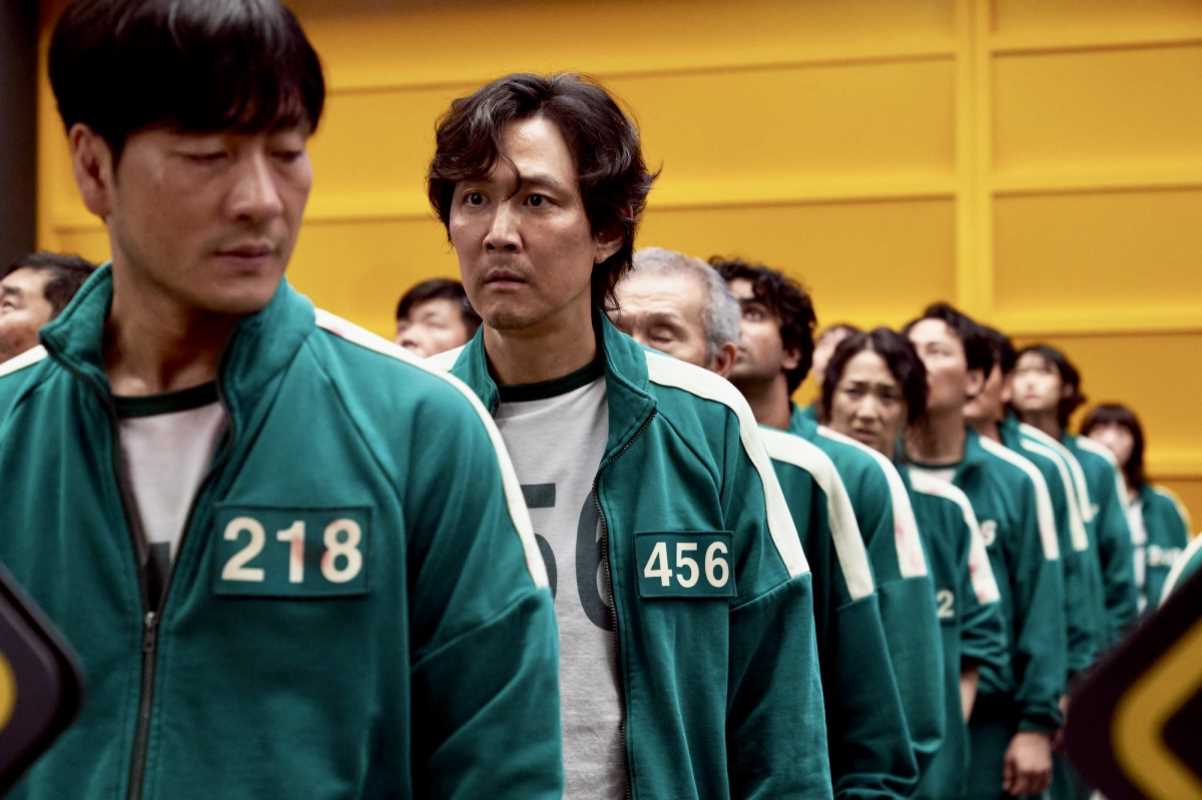
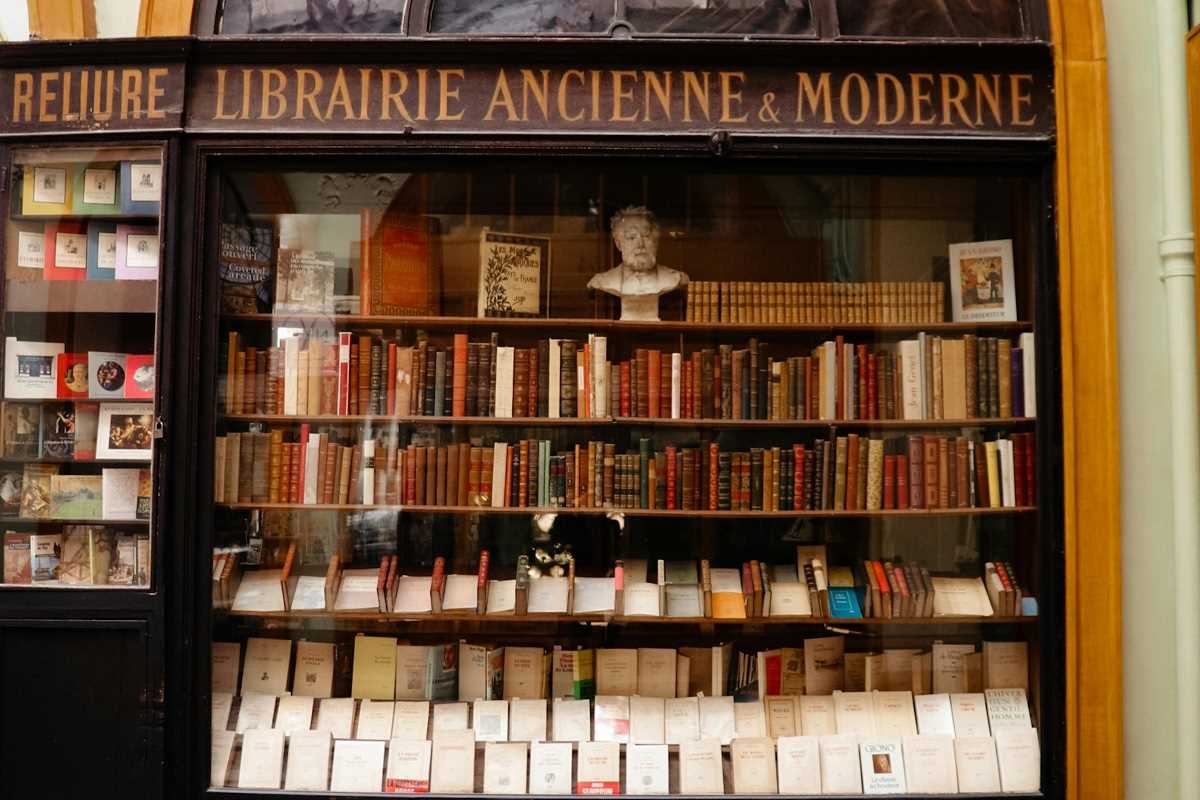
.jpg)